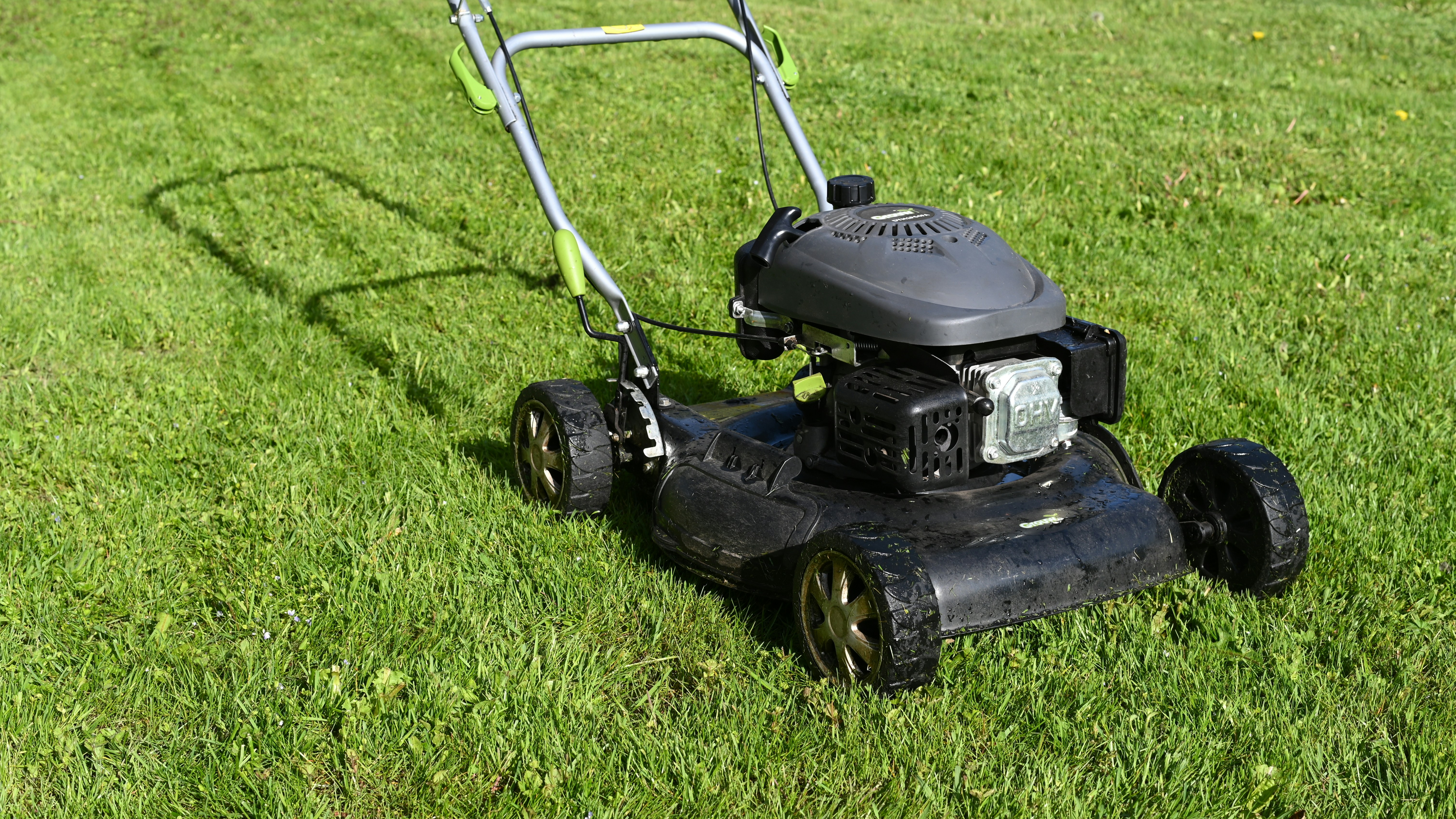Understanding the Importance of Sharp Blades
Maintaining sharp lawn mower blades is vital for the overall health and appearance of your lawn. Dull blades can create a myriad of issues that can adversely affect grass quality. When blades are not adequately sharpened, they can tear the grass rather than cut it cleanly. This tearing leads to uneven cuts, which compromises the aesthetic appeal of your lawn. Furthermore, the jagged edges left by dull blades can result in brown tips on the grass, indicating stress and damage to the plant.
A sharper blade, in contrast, provides clean cuts that promote healthy growth. Clean cuts facilitate better healing of the grass after mowing, reducing the risk of disease and pest infestation. Grass that is cut with sharp blades is less likely to develop fungal infections, as the clean cuts do not create openings for pathogens to invade. Additionally, the maintenance of sharp blades leads to a more uniform appearance, which is often desired for homes and gardens that prioritize visual appeal.
Moreover, sharp blades also contribute to the efficiency of your mowing equipment. When blades are sharp, the mower requires less energy to operate, as it effortlessly slices through the grass. This reduced stress on the mower not only extends the life of the equipment but also minimizes fuel consumption, providing an eco-friendly aspect to lawn maintenance. Ultimately, committing to regular sharpening of your lawn mower blades translates to healthier grass, an improved lawn aesthetic, and better mower performance. Understanding the significance of sharp blades is crucial as it lays the foundation for effective lawn care practices.
Essential Tools for Sharpening Lawn Mower Blades
Sharpening lawn mower blades is a critical maintenance task that ensures a clean and healthy cut for your lawn. To achieve optimal results, having the right tools is essential. This section discusses the various tools you will need, their advantages and disadvantages, and the necessary safety equipment.
One of the most common tools for sharpening lawn mower blades is the manual blade sharpener. These sharpeners are often compact, easy to use, and portable. They typically include a guide to help maintain the correct angle on the blade edge, which is vital for effective sharpening. However, they require more physical effort and may not be suitable for those with larger blades or for frequent use.
Electric sharpeners offer an alternative that greatly reduces labor. They can provide a consistent sharpening angle and are typically faster than manual methods. However, they may come at a higher cost and require more maintenance. Additionally, users must ensure they select an electric sharpener designed specifically for lawn mower blades to avoid damaging the blade.
Files, particularly flat files or mill files, are traditional tools that many professionals still use. They allow for precision work and can be used to touch up blades. When using files, a specific technique must be followed to avoid an uneven edge; this process can be labor-intensive. Nonetheless, files are inexpensive and versatile, making them a staple in many toolkits.
Grinders, on the other hand, provide a very efficient method for sharpening lawn mower blades. Bench grinders or angle grinders can effectively sharpen even the dullest blades quickly. However, they require skill to control and may create excessive heat, which can potentially damage the blade if not used properly.
While focusing on these sharpening tools, it’s also crucial to consider safety equipment. Wearing gloves protects your hands from sharp edges, while safety goggles are essential to shield your eyes from flying debris. With the right tools and safety precautions in place, you are well-equipped to sharpen your lawn mower blades effectively and safely.
Step-by-Step Sharpening Techniques
Sharpening lawn mower blades is essential for ensuring a clean and precise cut. The process begins with safely removing the blades from the mower. First, ensure that the mower is powered off and unplugged for safety. Use a socket wrench to loosen and remove the bolts securing each blade. Take care to remember the positioning of the blades for reattachment later. It may be helpful to place the blades on a flat surface once removed.
After removal, clean the blades thoroughly using a wire brush or putty knife to remove any grass buildup or debris. This cleaning process is crucial as it allows you to observe the entire edge of the blade and determine the areas needing sharpening. Once dirt and grime are removed, you are ready to proceed to the sharpening stage.
There are several techniques to sharpen lawn mower blades, with the most common methods being the use of a file, rotary tool, or bench grinder. When using a file, hold the blade securely and apply consistent pressure as you push the file along the cutting edge. It’s important to maintain the factory bevel angle, typically around 30 to 45 degrees. For a rotary tool, attach a sharpening bit and follow the manufacturer’s guidance to achieve a sharp edge; ensure that the tool is used at a safe speed to avoid damaging the blade.
If using a bench grinder, rest the blade against the tool and move it steadily across the grinding wheel, again maintaining the proper angle. It is important to prevent overheating, as excessive heat can alter the blade’s temper and reduce its effectiveness. After sharpening, clean the blades once again to remove any metal shavings.
Finally, reattach the blades by reversing the removal process, ensuring they are secured tightly. Perform a quick maintenance check on the mower to ensure everything is functioning correctly, such as checking the oil and air filters. This thorough approach guarantees optimal performance and longevity of your lawn mower.
Maintaining Lawn Mower Blades for Longevity
Proper maintenance of lawn mower blades is crucial to ensure their longevity and effectiveness. A well-maintained blade not only enhances the quality of the cut but also contributes to the overall performance of the mower. Typically, lawn mower blades should be sharpened every 20 to 25 hours of use. However, this frequency can vary based on factors such as grass type, soil conditions, and frequency of mowing. By adhering to a regular sharpening schedule, users can prevent a decline in cutting performance and minimize the risk of blade damage.
In addition to sharpening, regular cleaning of the mower blades is essential. Grass clippings, dirt, and other debris can accumulate on the blades and hinder their performance. After each mowing session, it is advisable to clean the blades with a putty knife or brush to remove any build-up. Keeping the blades clean not only prevents rust but also allows for a smoother cut during future mowing sessions.
When it comes to storing lawn mower blades, proper precautions should be taken to avoid dulling. If the mower will be unused for an extended period, consider removing the blades and storing them in a dry location to protect them from moisture. Using blade covers or protective sheaths can further safeguard them from accidental damage. Furthermore, maintaining the overall condition of the lawn mower is paramount. Regularly checking the engine, spark plug, and air filter helps in ensuring that the mower is functioning optimally, which in turn supports the longevity of the blades.
Lastly, routine inspection of the mower blades for any signs of wear or damage is recommended. If the blades show signs of chipping or dullness, it is crucial to address these issues immediately. By incorporating these maintenance practices, users can empower themselves to keep their lawn mower blades sharp and effective for years to come, ultimately enhancing their mowing experience.
If you’re interested in purchasing the item you seek, please click the link for additional details: #americanachoice.
https://amzn.to/3SBN3Oy
AFFILIATE DISCLOSURE: I am an affiliate for this company, I am not a paid employee.
I may receive a commission if you click a link on this page and choose to purchase something.
You can rest assured I will only share things I believe in and will be valuable to you.



